Blog
According to the latest Global Retail Theft Barometer 2013-2014, retailers lost $128.51 billion to retail theft. As indicated in the previously published video summary, the cost of retail crime to honest consumers averages $403 in USA, 184 Euros in Europe, 845 in Hong Kong Dollars in Asia Pacific, and $143 in Latin America.
The highest stolen categories included make-up products, fashion accessories, power tools, mobile accessories, wine and spirits. After multiple years of positive growth, can personally confirm that retailers are increasing the level of source tagging of high shrink consumer items. For apparel that source protection is extending to millions of dual technology EAS / RFID hard tags. One secure carrier for both shrink protection and inventory visibility. Welcome to the Internet of Things.
Top 10 Global Retail Shrink Takeaways - 2014 vs 2013 Infographic
- Details

Several milestone events over the last thirty days have crystalized in my mind the three critical skills that will guarantee your future success.
Listen
Technology is leading to an explosion of ideas on which to build a solid business. Ninety percent of the world's data was generated in the last two years and this trend is accelerating. Every minute of the day, YouTube users upload 72 hours of new video, Facebook users share 2.5 million pieces of content, Twitter users Tweet 277,000 times, and email users send 204 million messages.
The information noise around us is endless and it will increase. Critical to progress is identifying the most important listening posts. In all careers, success starts and ends by closely listening to the customer.
- Details
Is Technology Today's Answer?
A Lowe's video this week on their first deployment of a robot in a retail store to enhance customer service sparked this blog post. The  narrator stated that shopping in a retail store has not changed in the past 100 years. On multiple levels he is correct.
narrator stated that shopping in a retail store has not changed in the past 100 years. On multiple levels he is correct.
Summarizing the fundamental changes to the retail industry in the last 100 years:
The invention of the supermarket which started the journey to retail sub-segmentation and self-service. The cash register which introduced data as an important element to measure the success of the business. Mass production and the computer which allowed manufacturers to drive production efficiencies, better information on what is selling, and lowered overall cost of goods. The bar code as the first item level visibility technology and the consequential explosion of retail chains in major industrialized countries. Globalization which proved that consumer markets do not have national boundaries.The Retail Paradox
The retail paradox is very simple.
- Details
A World of Retail Opportunities Ahead
Attending the India Retail Forum (IRF) a few weeks ago, absorbing the vibrant energy of the attendees, and listening to the insightful 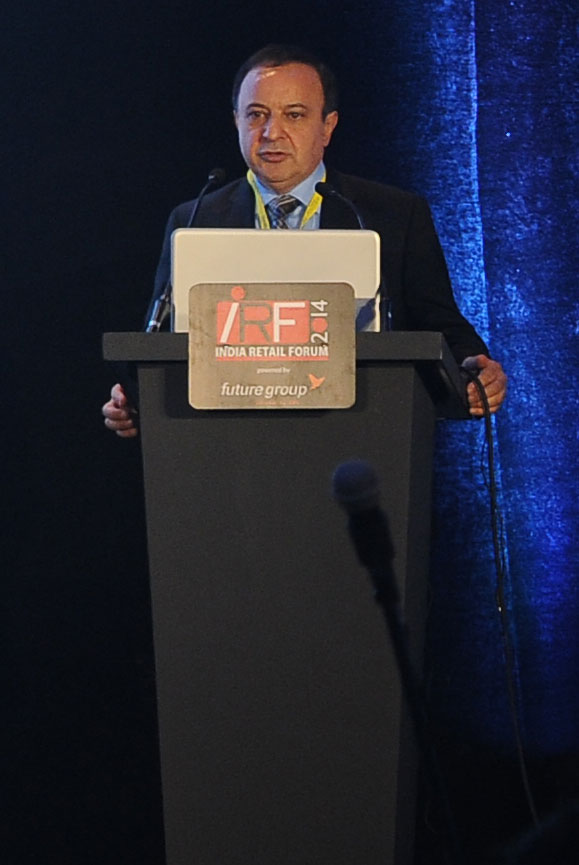 presentations was a great reminder that these are exciting transformational times for the global retail industry. As summarized in the last post, driven by consumer technology, retail disruption will increase and will include a few surprises from emerging markets such as India.
presentations was a great reminder that these are exciting transformational times for the global retail industry. As summarized in the last post, driven by consumer technology, retail disruption will increase and will include a few surprises from emerging markets such as India.
The India Retail Opportunity
The retail sector in India has reached more than $500 billion in industry sales. Organized retail which today is at 8% penetration will grow at more than 20% during 2012-2020. The retail industry has contributed consistently 18%-20% to the country's GDP. Food and grocery is the largest category with the retail sector with 60% share, followed by apparel and telecom.
- Details
Last week had a chance to speak to a large audience at the India Retail Forum in Mumbai. Chairing an industry panel discussion, my 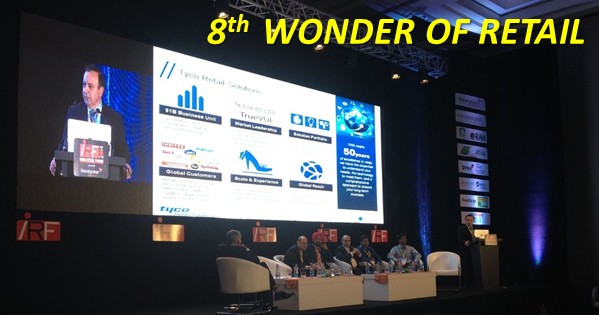 contributions included an opening presentation to a session titled "8th WONDER IN RETAIL - FUTURE PARADIGMS AND TECHNOLOGIES THAT HAVE THE POWER TO CARRY OUT DISRUPTIVE INNOVATIONS". Summarizing key insights from the opening presentation:
contributions included an opening presentation to a session titled "8th WONDER IN RETAIL - FUTURE PARADIGMS AND TECHNOLOGIES THAT HAVE THE POWER TO CARRY OUT DISRUPTIVE INNOVATIONS". Summarizing key insights from the opening presentation:
4th Megatrend Reshaping Global Retail
Post World War II, retail has been re-shaped by four megatrends. Technology has been the driver of retail power shifts through each of four megatrends. The fourth retail megatrend had its origins in 1992 when IBM released the first smartphone. It started transforming retail with Apple's smartphone around 2010.
Complementing smartphones are emerging deployments of smaller / smarter store sensors that will lead to customized, higher value, improved shopping experiences. All four megatrends have been about the availability of data and its effective utilization. The fourth megatrend places retail power in the hands of the consumer.
The Pace of Change is Accelerating
- Details
A recent Forbes article highlighted the following key takeaways from Tesla's latest quarterly results which beat expectations:
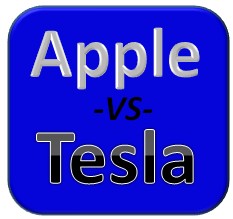 Battery Breakthrough
Battery Breakthrough
Major improvements are expected in batteries, including a pure lithium anode that might triple battery capacity in the future. The new Gigafactory batteries will have 10%-15% better capacity due to improved chemistry. The new factory will also reduce costs by at least 30%, allowing Tesla to deliver the much less expensive $35,000 Model 3 by 2017. CEO Alan Musk expects that within the next 10 years electric cars will reach cost parity with combustion engines.
Car Production
Car production continues to increase and Tesla expects to deliver 35,000 cars during the current financial year. Tesla's goal is to reach a run rate of 100,000 cars per year by the end of 2015. Next spring, Tesla will release the Model X crossover SUV. Musk expects selling as many units of the new model as the current Model S. The CEO noted that they already had a lot of orders for the Model X, despite buyers having not seen the vehicle.
- Details
"It was the best of times, it was the worst of times, it was the age of wisdom, it was the age of foolishness, it was the epoch of belief,  it was the epoch of incredulity, it was the season of Light, it was the season of Darkness, it was the spring of hope, it was the winter of despair, we had everything before us, we had nothing before us, we were all going direct to Heaven, we were all going direct the other way - in short, the period was so far like the present period, that some of its noisiest authorities insisted on its being received, for good or for evil, in the superlative degree of comparison only." - Charles Dickens
it was the epoch of incredulity, it was the season of Light, it was the season of Darkness, it was the spring of hope, it was the winter of despair, we had everything before us, we had nothing before us, we were all going direct to Heaven, we were all going direct the other way - in short, the period was so far like the present period, that some of its noisiest authorities insisted on its being received, for good or for evil, in the superlative degree of comparison only." - Charles Dickens
Over the last couple of weeks have been contemplating the subject of creating a lasting family legacy. When does one start thinking about creating a legacy? Is legacy simply the wealth possessions you pass on to your children? Why do leaders ponder their post existence legacy and even try to shape it? Should you aspire for a personal, family, or business legacy?
- Details
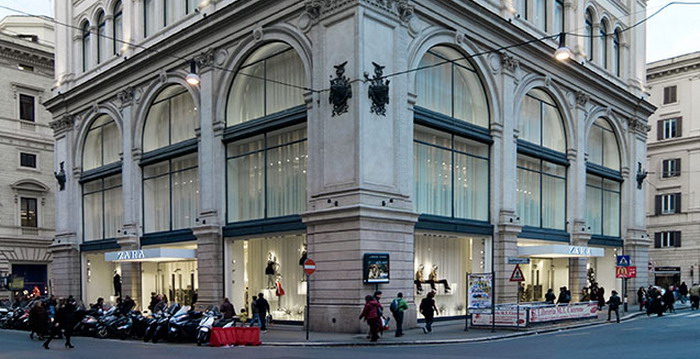 Couple weeks ago Inditex, one of the world's largest apparel retailers, went public with their Zara deployment of item level RFID. Pablo Isla, the chairman and CEO, announced that Inditex has already installed RFID at more 700 stores in 22 countries and will complete the rollout of the Zara brand (nearly 2,000 stores) by 2016.
Couple weeks ago Inditex, one of the world's largest apparel retailers, went public with their Zara deployment of item level RFID. Pablo Isla, the chairman and CEO, announced that Inditex has already installed RFID at more 700 stores in 22 countries and will complete the rollout of the Zara brand (nearly 2,000 stores) by 2016.
Loss prevention technologies are playing a key role in the deployment of RFID at Inditex. Included in the rollout are dual technology RFID / EAS hard tags, dual technology RFID / EAS point of sale detachers, and a hard tag global re-circulation program.
The Inditex announcement coincides with a ChainLink retail research study on RFID published earlier this year. The top three reasons identified by retailers for deploying RFID included loss prevention in stores, item-level/on floor replenishment from back-stock, and cycle (inventory) counts in stores.
- Details
By 2018, the smart home market will reach $71 billion, more than double the $33 billion in 2013. Eighty percent of the current market is 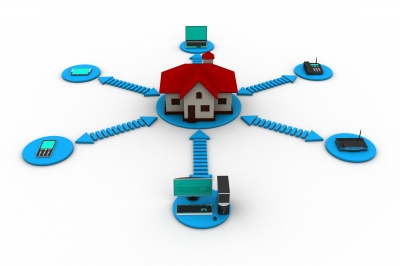 driven by entertainment. By 2020, other research points to a $1.7 billion market just for light controls and $1.4 billion for automated thermostats.
driven by entertainment. By 2020, other research points to a $1.7 billion market just for light controls and $1.4 billion for automated thermostats.
This month Time magazine dedicated their cover to a special report on "The Smarter Home". According to Time, the following companies will control your future smarter home:
Tech Titans
Apple - With iOS 8 this fall Apple will release the Apple Homekit. Say "bedtime" to Siri and your Philips internet bulb will turn off.
Google - Followed up $3.2 billion purchase of Next (smart thermostats / smoke detectors) with acquisition of Dropcam (web enabled security cameras.
- Details
Latest Retail Shrink Data / Why Do People Steal? / New Technologies
In 2012-2013, global retailers 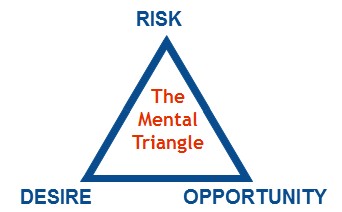 lost $112 billion to shrink or 1.4% of retail sales on average. The top 5 countries with the highest shrink as a percent of sales included Mexico, Brazil, Argentina, USA, and China.
lost $112 billion to shrink or 1.4% of retail sales on average. The top 5 countries with the highest shrink as a percent of sales included Mexico, Brazil, Argentina, USA, and China.
This past week, Jack L. Hayes, published his 26th annual USA Retail Theft Survey. Highlights of this latest report:
- Details
















